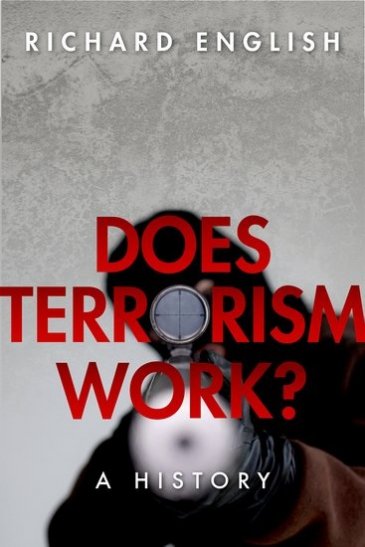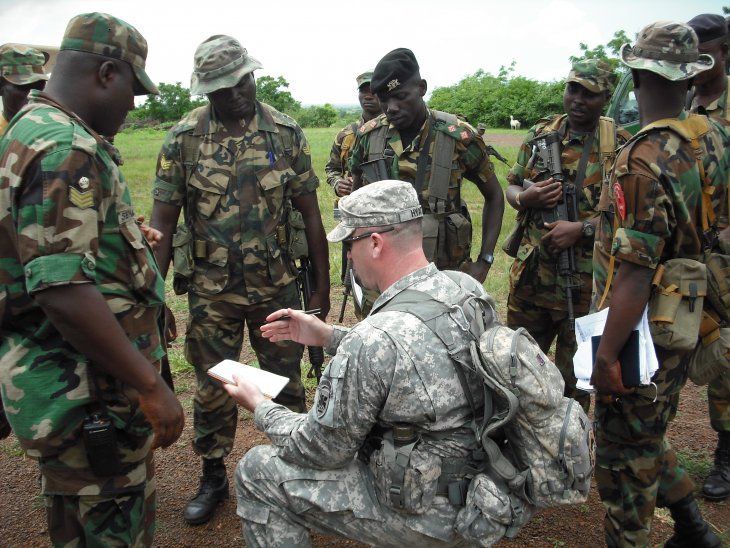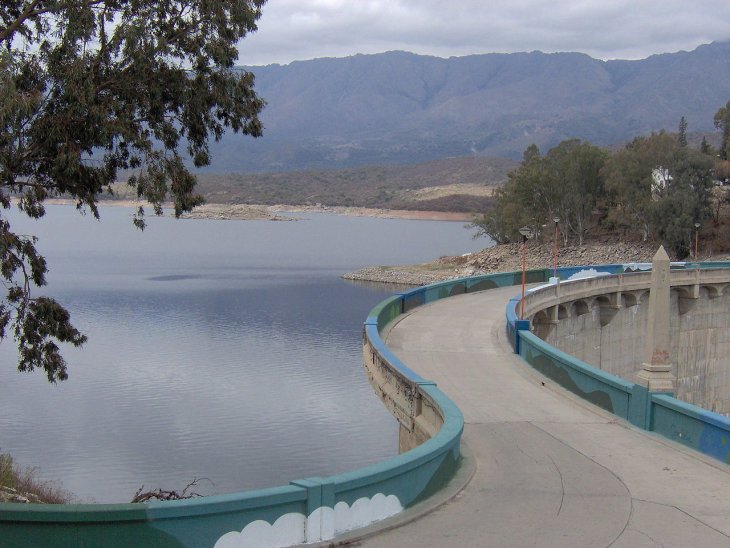Does Terrorism Work? A History by Richard English. Oxford: Oxford University Press, 2016. 368pp., £25.00 (h/b), ISBN 9780199607853
The renewed proliferation of terrorism studies that rapidly followed the 9/11 attacks has been well-documented, and the post-9/11 wave that is now nearly two decades old, has focused predominantly on an elusive, universally-accepted definition of terrorism. Efforts to understand the utility of terrorism represent a flourishing debate that faithfully provides us with a kaleidoscope of answers. Richard English’s Does Terrorism Work? takes up this inherently controversial question by addressing four empirical cases: al-Qaeda, the Provisional Irish Republican Army (PIRA), Hamas and Palestinian Terrorism, and the Basque nationalist and separatist group known as the Euskadi Ta Askatasuna (ETA) or Basque Homeland and Freedom.

English’s exploration of these and other groups delivers a fascinating account of what constitutes success in the practice and management of terrorism. The primary questions raised in English’s inquiry are timely and carry a striking exigency. Prefacing his book’s intricate analysis, English addresses skepticism about the ability of experts to point to clear answers with precision, especially given that many of the challenges confronting such questions are rooted in the murkiness of subjectivity. If we are to inquire about the efficacy of terrorism, then it follows that one must ask: “for whom?” English spotlights this barrier prior to his case studies, showing that the same thorny concern has repeatedly impeded attempts to explore these issues. Having provided his own definitional approach and, after confronting the obvious difficulties in addressing the overarching question, English sets the tone of the book as one of historical engagement.
English presents the four types of success that a terrorist group or organization can achieve: “strategic victory,” “partial strategic victory,” “tactical success,” and “rewards of struggle” that lie beyond the scope of a group’s main objectives (p. 30). This fourfold framework grounds his analysis for each case. In Chapter 1, English demonstrates that although al-Qaeda failed in its stated central goal to expel the United States from the Middle East, the terrorist network nevertheless succeeded in some of its secondary objectives, including a range of tactical successes that have been undeniable to observers. The PIRA case, introduced in Chapter 2 serves up a more complex tour and English explains how PIRA’s actions could be interpreted as having gone “beyond terrorism” (p. 95). Violence, which was just one of many means used by them, was indeed instrumental in PIRA’s accomplishments but not to the extent that had been expected, even by the group itself. The case of Hamas in turn, presented in Chapter 3, tests the guiding question of English’s work. Short of achieving its central goal, Hamas’ violent strides still nurtured the development of conditions less favorable to the Israelis over a protracted period. As English writes, “[t]hey have had some success in determining the political agenda (damaging a peace process which they despised), and they have gained some interim concessions as well as huge publicity” (p. 182). In Chapter 4, English shows how the echo of reward in Spain benefitted the ETA in the Basque region on a number of fronts, with a surge of support across a broader community of radical nationalists.
Does Terrorism Work? presents readers with a detailed engagement of terrorism and terrorist struggles, sidestepping easy answers to a complex phenomenon. The subjective character of terrorism ultimately accommodates a difference of opinion regarding the capacity of groups and organizations to realize their political goals through the mobilization of radical violence. Readers will find that to assess the outcomes of terrorism, one must shift one’s lens to see acts from a terrorist’s point of view. English’s work goes a long way in accommodating this perspective by incorporating data obtained through interviews with former terrorist operatives. These interviews bring the intimacy of perpetrator motivations to the reader, illustrating with detail the stated rationale behind indiscriminate acts of violence. English sustains this subjectivity while underscoring the importance of its critical context.
Ultimately, Does Terrorism Work? offers a nuanced account of terrorist practices over the course of numerous decades. Although there have been instances where terrorism has served a group’s central and strategic aims to laudable effect, English corroborates what other leading terrorism scholars have revealed through their own research: that terrorism rarely produces the desired results of terrorist groups and organizations save for a few notable cases. Hence, in his conclusion English argues that rather than attempting to counter a group’s central grandiose objective, it makes more sense to pragmatically concentrate on areas where terrorists are more likely to succeed. This is because the so-called terrorist crisis of today stems, in part, from the relationship that governments share with terrorists in their misguided responses and counter-terrorism policies. Does Terrorism Work? Is a marvelous piece of scholarship in spite of producing some pockets of ambiguity. Horizon-expanding and masterfully-written, this work will likely make an unequivocal contribution to classrooms and be well-received by anyone interested in history, sociology, and terrorism and political violence, for many years.










